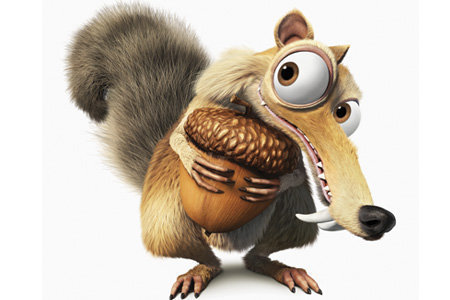Friday, 20 January 2012
How plants manipulate the scatter-hoarding behaviour of seed-dispersing animals
From the abstract:
Some plants that are dispersed by scatter-hoarding animals appear to have evolved the ability to manipulate the behaviour of those animals to increase the likelihood that seeds and nuts will be stored and that a portion of those items will not be recovered.
Plants have achieved this in at least four ways:
1. By producing large, nutritious seeds and nuts that are attractive to animals and that stimulate hoarding behaviour.
2. By imposing handling costs that cause animals to hoard rather than to eat items immediately. These handling costs can take one of two forms: physical barriers (e.g. hard seed coats) that take time to remove and secondary chemicals (e.g. tannins) that impose metabolic costs.
3. By masting, where a population of plants synchronizes reproductive effort, producing large nut crops at intervals of several years. Mast crops not only satiate seed predators, but also increase the amount of seed dispersal because scatter-hoarding animals are not easily satiated during caching (causing animals to store more food than they can consume) but are satiated during cache recovery.
4. By producing seeds that do not emit strong odours so that buried seeds are less likely to be discovered.
These, and perhaps other, traits have increased the relative success of plant species with seeds dispersed by scatter-hoarding animals.
Read the full paper!
Labels:
Plant behaviour,
Seeds dispersal
Subscribe to:
Post Comments (Atom)


No comments:
Post a Comment